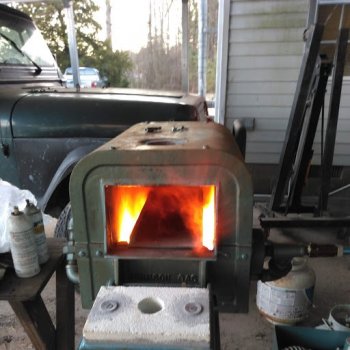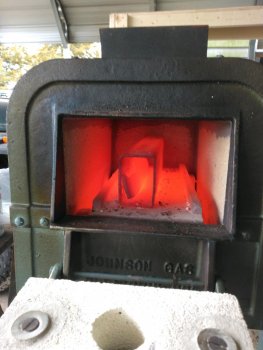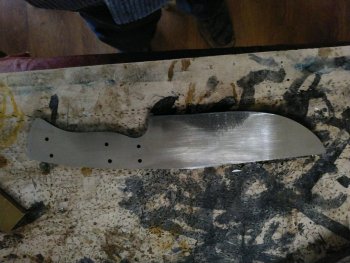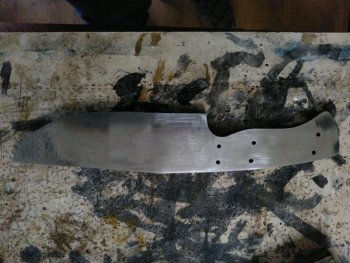J. Doyle
Dealer - Purveyor
It’s pattern welded, 1095/15N20. But as we all know, that means the edge is 1095.
I don't understand the above statement. (I'm not sure you do either.)
.......The long standing myth that this fake “Damascus” is somehow STRONGER
How is it fake? (I think I know where you're going with this but nobody is discussing that here) and who in this thread contended that it was 'stronger' than anything else?
because the main steel is welded with a weaker steel(15N20).
How are you defining 'weaker'? 15n20 would certainly be tougher than 1095. Lets use correct terms here.
If anyone doesn’t know, go look at 15N20. I wouldn’t use it for ANY knife!
Wrong again. 15n20 is a perfectly fine stand alone steel or as part of a pattern welded blade mixed with similar steels such as 1075, 1080, 1084 & 1095, to name a few.
15n20 is basically 1075 with a small amount of nickel added. Again....BOTH are perfectly acceptable stand alone blade steels.




